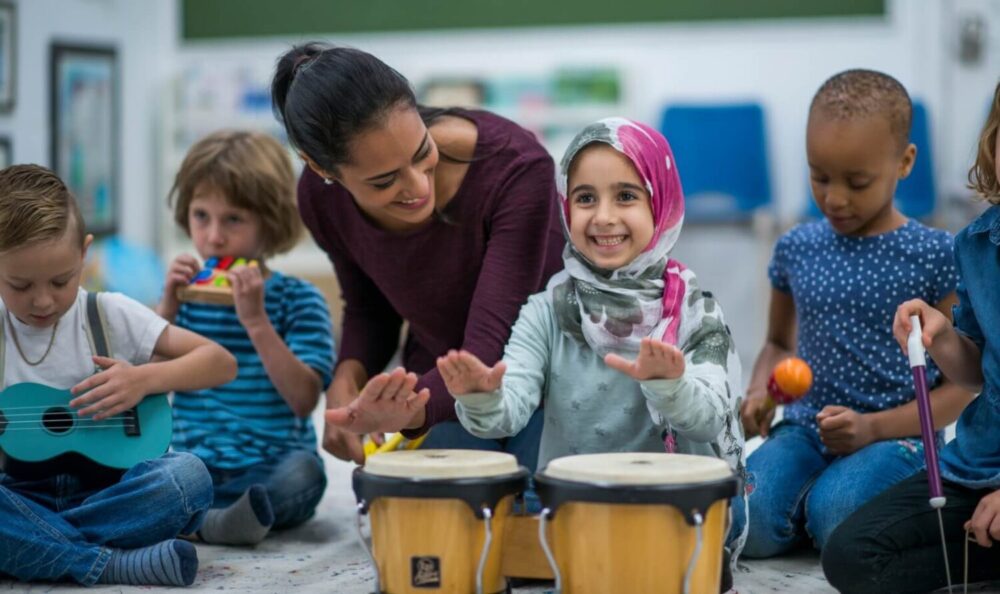In early childhood education, art and music are vibrant threads that contribute significantly to the developmental journey of young learners. These forms of expression go beyond mere activities; they are fundamental tools that aid in shaping a child’s cognitive, emotional, and social development.
The value of art and music in early learning environments cannot be overstated, as they offer a unique medium through which children explore, understand, and interact with their world. From enhancing fine motor skills to fostering emotional maturity, the roles of art and music in early education are multifaceted and deeply impactful.
Art in Early Learning
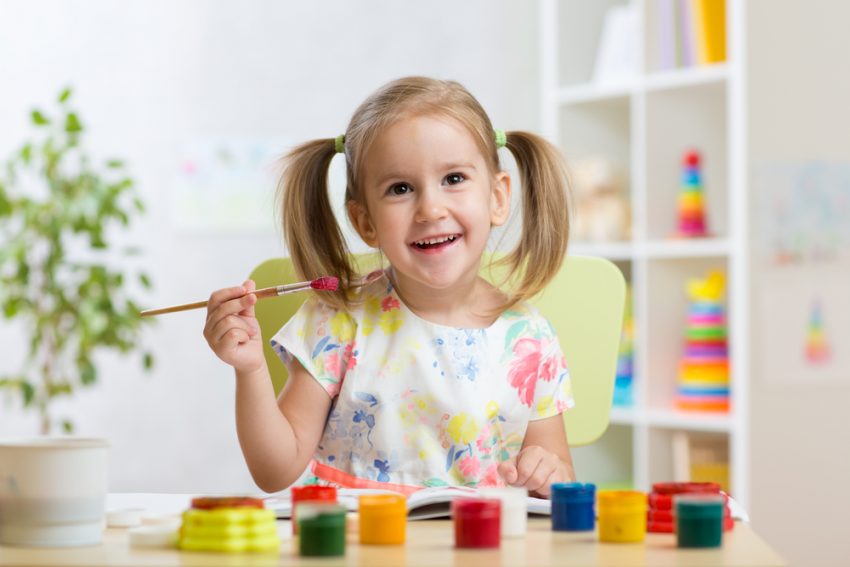
Source: kiddipedia.com.au
Cognitive Development
Art serves as a powerful catalyst for cognitive development in young children. When they engage in art activities such as drawing, painting, or working with materials like clay, they are not just creating; they are also developing critical thinking and problem-solving skills. These activities encourage children to make decisions and evaluate outcomes, which are essential components of cognitive development.
Furthermore, art can serve as a conduit for understanding complex concepts. For instance, using shapes and colors in a drawing can teach spatial awareness and basic geometry, laying a foundation for more advanced mathematical concepts. Early learning institutes like Little Scribblers Brookvale carefully execute this approach for their young learners.
Motor Skills Development
The physical aspect of creating art is instrumental in refining a child’s motor skills. Fine motor skills are developed through precise movements such as holding a paintbrush, cutting shapes out of paper, or molding clay. These activities require varying degrees of control and coordination, which are vital for other areas of learning and daily activities.
As children grow and develop, these skills become integral to tasks like writing, tying shoelaces, or buttoning clothes. Art not only makes these skills engaging and enjoyable to learn but also ensures that they are developed in a holistic and rounded manner.
Emotional Expression
Art provides a unique outlet for emotional expression and processing for children who are still developing their verbal communication skills. It offers a safe and accessible way for them to express their feelings, whether it’s joy, sadness, frustration, or excitement. This form of expression is particularly important in early childhood, a time when emotions can be overwhelming and hard to understand.
By drawing or painting, children can externalize their feelings, which helps them to understand and cope with their emotions better. This emotional literacy is crucial for their overall emotional and mental well-being.
Creativity And Imagination
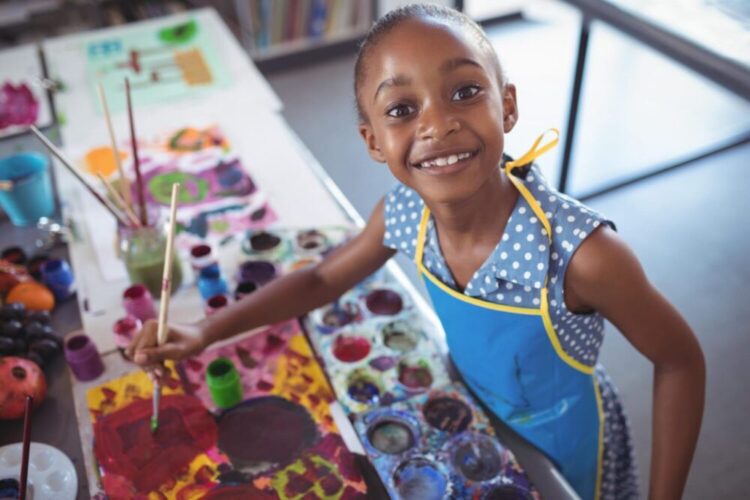
Source: greatergood.berkeley.edu
Engaging in art is akin to opening a door to a world of imagination and creativity. It allows children to think outside the box and fosters an innovative mindset. In this creative process, they learn to visualize and bring their ideas to life, a skill that is invaluable not just in artistic pursuits but in problem-solving and thinking creatively in other areas of life.
Art encourages children to ask questions like ‘What if?’ and ‘Why not?’ pushing the boundaries of their imagination and encouraging them to envision endless possibilities.
Cultural Awareness
Art is also a window into different cultures and historical periods, offering children a rich tapestry of human expression and heritage. By engaging with art from various cultures, children learn about the diversity of the world around them.
This exposure is essential in cultivating an appreciation and respect for different perspectives and ways of life. Whether it’s exploring traditional African masks, Japanese origami, or Native dot painting, art can be a captivating way for children to explore and celebrate the richness of the world’s cultures.
Visual Learning
In a world increasingly dominated by visual stimuli, the ability to interpret and interact with visual information is more important than ever. Art education plays a crucial role in developing these visual literacy skills.
Through art, children learn to observe, interpret, and make meaning of visual information, which is a critical skill in navigating modern life. This visual acuity extends beyond art into areas such as reading, where understanding and interpreting images and diagrams become an integral part of the learning process.
Music In Early Learning
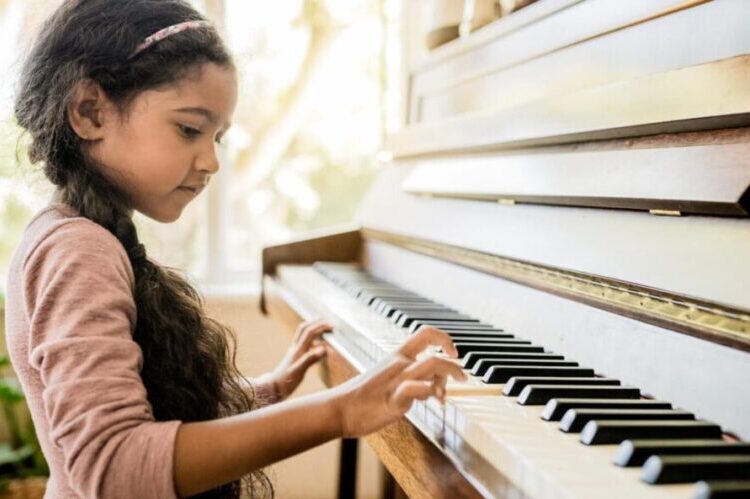
Source: pbs.org
Language Skills
Music in early learning environments plays a pivotal role in the development of language skills. The rhythmic nature of songs and melodies aids in the acquisition and understanding of sounds and words. Singing simple songs is more than a fun activity—it’s a fundamental way for children to learn language patterns, vocabulary, and phonetics.
The repetition of lyrics in songs makes it easier for young children to memorize and understand new words and phrases, thereby enriching their language skills. This musical exposure can also enhance listening skills, an essential component of effective communication.
Memory Improvement
The power of music extends to enhancing memory. Children are naturally drawn to the rhythm and repetition in music, making it an effective tool for memorizing information. Whether it’s the alphabet song or a tune about numbers, music can turn learning into a more engaging and memorable experience.
The melodies and rhythms act as mnemonic devices, helping children recall information more easily. This aspect of music is not only beneficial in early childhood but also forms a foundation for learning and memory techniques that can be used throughout their education.
Mathematical Skills
Music and mathematics are closely linked. Engaging with music introduces young children to basic mathematical concepts like counting, sequencing, and pattern recognition. Rhythmic patterns and beats in music naturally incorporate counting and timing, which can lay the groundwork for understanding more complex mathematical concepts later in life.
The structured nature of music, with its regular intervals and patterns, mirrors the structured thinking required in mathematics, thereby subtly nurturing a child’s mathematical abilities.
Motor Skills Development
Music also contributes significantly to the development of motor skills. This is particularly evident when children play musical instruments, dance, or engage in action songs. Playing an instrument, even something as simple as a drum or a shaker requires coordination and control.
Similarly, dancing or moving to music helps in the development of gross motor skills, balance, and rhythm. These activities not only enhance physical development but also provide a joyful way for children to engage with music, fostering a positive association with physical activity and learning.
Emotional Development
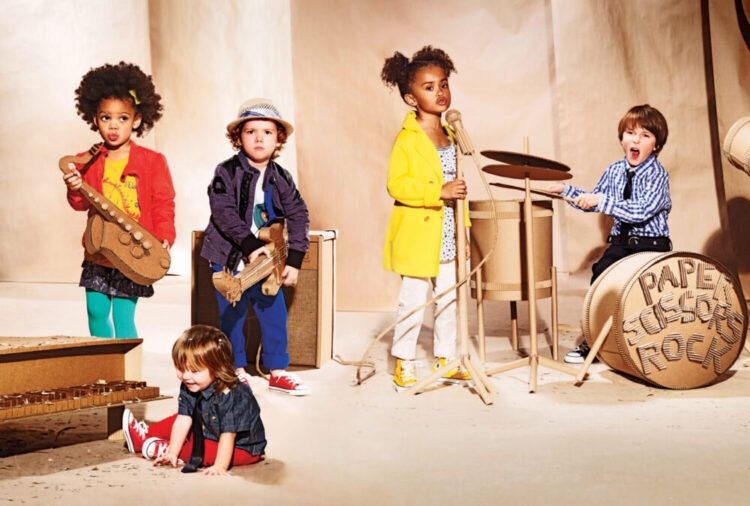
Source: star-center.org
Music has a profound impact on emotional development in early childhood. It can evoke a wide range of emotions, from happiness to calmness, and can be a tool for children to understand and express their own feelings.
Music can be soothing and calming, helping children to manage stress and anxiety. It also provides an avenue for children to express joy and excitement. Through engaging with different types of music, children learn about the diversity of emotions and how to express them in a healthy, constructive manner.
Cultural Exposure
Like art, music is a gateway to different cultures and traditions. Exposing children to a variety of musical genres and styles from around the world broadens their horizons and fosters an appreciation for diversity.
This exposure can include traditional folk songs from different countries, classical music from various eras, or contemporary music from diverse cultures. Through this exploration, children not only enjoy a rich array of sounds and rhythms but also gain a deeper understanding of the world’s cultural tapestry.
Sensory Development
Music stimulates the senses and contributes to sensory development. Listening to different types of music can enhance auditory discrimination, helping children distinguish between different sounds and understand their qualities.
Creating music, whether through singing or playing instruments, involves a multisensory experience—engaging hearing, sight, and touch. This multisensory engagement is crucial in early childhood, where sensory experiences are key to learning and development.
Wrapping Up
Art and music nurture a wide array of skills—from cognitive and motor development to emotional expression and cultural awareness. These creative avenues offer more than just the development of specific skills; they cultivate imagination, creativity, and a lifelong love for learning.
By embracing art and music in early education, you lay the groundwork for well-rounded, emotionally intelligent, and culturally aware individuals poised to navigate the complexities of the world with confidence and creativity.


